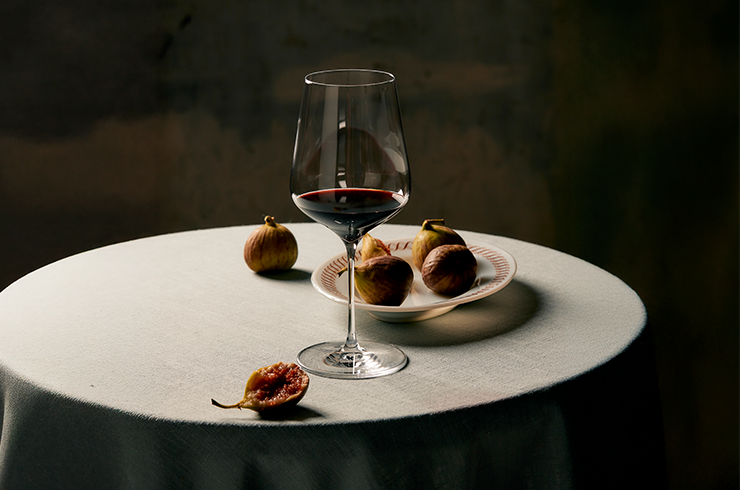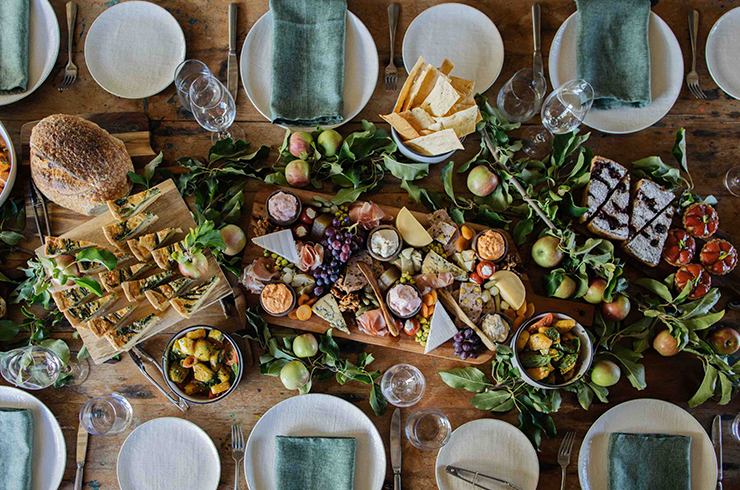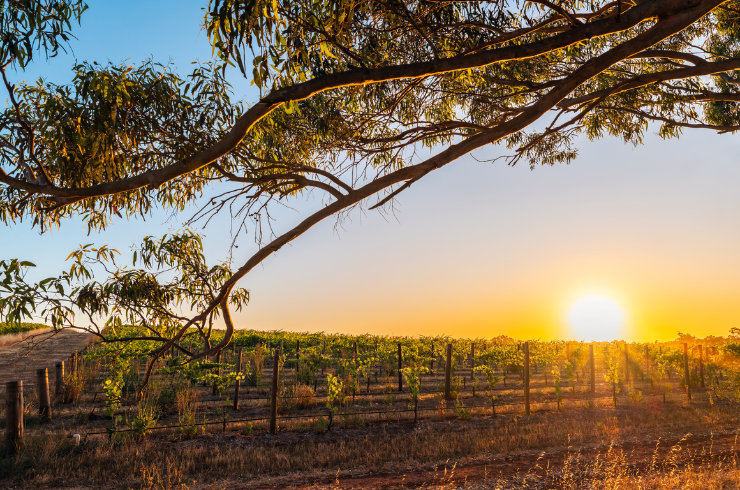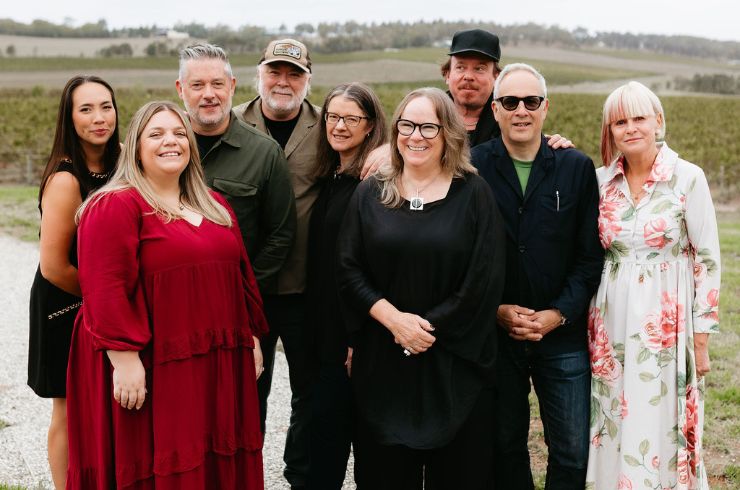Pinot noir hails from Burgundy in France and has been a reluctant traveller since. A delicate varietal that’s difficult to get right, Burgundian monks have honed the art of pinot noir over 1000-odd years. For pinot lovers wanting a first-hand understanding of the expressions found in its homeland (minus the long-haul flight), the five wines here are an excellent place to start. Drawing on two producers, a perfect 2015 ripening season, which according to James Halliday ‘produced exotic and rich red Burgundies’, and varied sites and styles – from the north to the south of Burgundy, plus a rare example that crosses Meursault – this diverse mix of French pinots will provide some solid insights. The beauty of pinot noir is that its naturally bright, juicy style makes for easy immediate drinking, but it also has the acidity to last the distance and is a smart one to put down in order to track its development over time. Our advice? Pick up some for now, some for later.
A word on buying Burgundy: Demand well exceeds supply for these wines. Due to weather conditions, crops have dropped up to 30 per cent in many cases (especially from 2011 to 2016), which means prices are skyrocketing. The challenge for Burgundy buyers and pinot lovers is finding the right wine at the right price. This Langton's selection explores lesser-known regions and emerging producers, making them relatively accessible.
What price tag should you expect on Burgundy bottles? Here's a guide.
Village: $50–$150
Premier Cru: $150–$300
Grand Cru: $300–$2000+
Introducing southern Burgundy
This side of the region typically produces supple, elegant, refined styles of pinot. Explore the examples below.
A classic, long-lived style: 2015 Domaine Nicolas Rossignol Volnay
The Volnay appellation is known for its softer, savoury style. This example has lovely acidity, structure and floral nuances – it can easily be kept for 20 years, but is drinking beautifully right now.
RRP $125 | 2035
A rare regional expression: 2015 Domaine Nicolas Rossignol 1er Cru Volnay-Santenots.
This first-growth Premier Cru hails from the intersection of white and red wine country: Volnay-Santenots sits directly on the Meursault appellation. An exceptional wine that will last for a long time, it’s got a bit more flesh than Volnay traditionally has, with structural tannins, savoury complexity, and blackberry and kirsch characters.
RRP $195 | 2028
About Nicolas Rossignol: Nicolas is a fifth-generation winemaker from Burgundy. He left the family business and went out on his own in early 2000, buying a small patch of land in the south. His wines showcase the quality and cellaring capacity of pinot noir from Burgundy, and come without the usual price tag.
Welcome to the north
The north is known for its richer, more concentrated style of pinot. Learn more about it below.
A powerful pinot: 2015 Domaine Jerome Galeyrand Côte de Nuits Village Les Retraits Vieilles Vignes.
The Cote de Nuits sits at the cross-section of three areas of northern Burgundy, and so offers a broad representation of its characteristics. It has power, fruit, weight and beautiful acidity, and is a wine to drink now or over the next 10 years. This is made from old vines planted in the 1930s and ‘40s – it’s rare to find vines of this age in Burgundy due to phylloxera. It’s a generous, juicy style of pinot noir.
RRP $110 | 2025
A bright, medium-bodied beauty: 2015 Domaine Jerome Galeyrand Billard Gevrey-Chambertin
Soft, medium-bodied and the most refined of the Jerome Galeyrand wines, with a lovely fleshy character and controlled acidity. This is very approachable right now.
RRP $115 | 2025
A complex, earthy style: 2015 Domaine Jerome Galeyrand La Justice Gevrey-Chambertin
From a tiny plot, this pinot noir is slightly richer than its Billard sister (above), with complex, dried-herb characters alongside its backbone of ripe cherry and strawberry.
RRP $110 | 2025
About Jerome Galeyrand: Originally from the Loire Valley, Jerome Galeyrand fell in love with Burgundy and bought a tiny 0.05-acre block in early 2000. Today he has about 5.5ha spanning three appellations and eight climats (single-vineyard sites). Because he’s still a newcomer and an under-the-radar producer, the price of his wines reflect that. His operations are all organic and biodynamic, and his wines have been sought-after among premium pinot buyers in Australia.
You can find these producers at Langton's Fine Wines.
Latest Articles
-
Win
Win a stunning collection of Plumm glassware and wine, valued at over $500
1 day ago -
Wine Lists
Top Christmas wines under $30 (and five worth splurging on)
1 day ago -
Wine Lists
Why you should drink Australian this festive season (and 80 of our best wines to try)
1 day ago -
From the tasting team
The Aussie wines the Halliday Tasting Team will be opening this festive season
1 day ago
Sign up to view these tasting notes and ratings
By becoming a member of Wine Companion, you'll have access to the largest database of wines in Australia.



